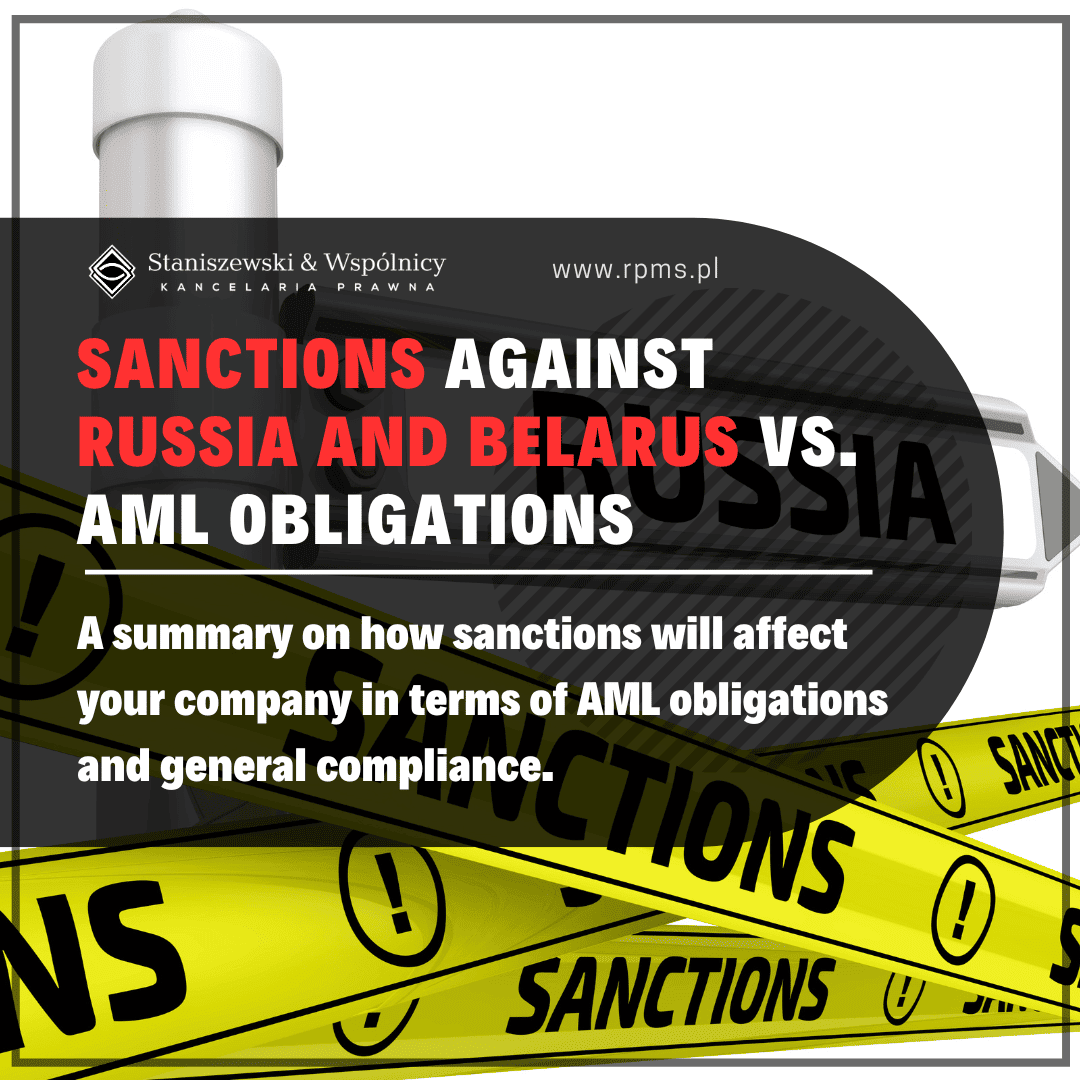Table of contents
Judicial debt collection is the pursuit of outstanding debts through legal proceedings. It can be initiated when amicable debt collection efforts, such as attempting to contact the debtor and persuading them to settle their overdue obligations, have proven unsuccessful. These efforts often involve sending payment demands or engaging in negotiations. The legal proceedings are initiated to obtain a payment order issued by a court, which obligates the debtor to pay the outstanding amount. Suppose the defendant continues to neglect their obligation. In that case, the creditor has the right to refer the matter to an enforcement officer (known as a bailiff), who will forcibly recover the overdue debt from the debtor. However, it is possible only after the enforceable title, consisting of a valid payment order accompanied by an enforcement clause, is obtained.
To initiate judicial debt collection proceedings, it may be necessary to engage a law firm specializing in debt collection cases. It is crucial to distinguish a law firm from a debt collection agency, as the latter often lacks the legal expertise required for this procedure. The law firm will determine the most suitable type of legal proceedings for the specific case, provide guidance on the necessary documentation (to avoid later requests for supplementary information and subsequent delays), and draft the lawsuit.
Types of legal proceedings regarding debt collection in Poland

Cases related to debt recovery are typically processed in one of the following three modes: Prescriptive Proceedings, Writ-Of-Payment Proceedings, and Electronic Writ-Of-Payment Proceedings (EPU). Below, we will outline the characteristics of each type of judicial debt collection procedure, along with their merits and drawbacks.
Prescriptive Proceedings (postępowanie nakazowe)
The evidence presented in the prescriptive proceedings must leave no room for doubt. A payment order in this procedure will only be issued when the facts supporting the claim are proven and attached to the lawsuit in the form of:
- Official documents,
- An invoice accepted by the debtor,
- A payment demand from the debtor, along with a written acknowledgment of the debt,
- A properly filled out promissory note or check, the authenticity and content of which are beyond question,
- A contract, evidence of the performance of a non-monetary obligation, or proof of the delivery of an invoice or statement to the debtor if the plaintiff is pursuing payment of a monetary obligation.
The payment order, upon issuance, serves as an enforcement title without the need for an enforcement clause. The defendant has one month from receiving the payment order to raise objections, but doing so does not invalidate the order. Due to the necessity of having irrefutable evidence, this procedure is less commonly used.

Writ-Of-Payment Proceedings (postępowanie upominawcze)

A payment order in the reminding procedure will be issued if:
- The monetary claims being pursued are justified,
- The statements regarding the facts are unambiguous,
- The satisfaction of the claim does not depend on reciprocal performance.
Unlike a payment order issued in the prescriptive proceedings, a payment order issued in the writ-of-payment proceedings does not serve as an enforceable title. To confer these effects, it must be provided with an enforceability clause. The defendant has two weeks from receiving the payment order to file an objection, after which the order loses its legal effect. The requirement for the incontrovertibility of the evidence presented in this procedure is less stringent, making it a more commonly recommended option.
Electronic Writ-Of-Payment Proceedings (EPU)
All procedural activities in this mode are conducted through an IT system. Evidence is not submitted in physical form. As a result, it must be meticulously described in the lawsuit’s content, under the “evidence” section, and in the justification. Consequently, this is the fastest procedure, with a payment order potentially being issued within a month.
A payment order in the EPU cannot be issued if:
- The claimant is pursuing a non-monetary claim.
- Delivery of the order to the defendant would occur outside the country’s borders,
- The claims being pursued became due earlier than within three years before the date of filing the lawsuit.
A payment order in the electronic procedure is subject to the same regulations as a payment order issued in the writ-of-payment proceedings. However, the procedure is terminated if the defendant raises an objection to the payment order. In such a case, the plaintiff still has the right to file a lawsuit for the same claim but in a different procedure than the electronic procedure. If this is done within three months of the decision to terminate, the legal consequences associated with filing the lawsuit occur from the date of filing the lawsuit in the electronic procedure. Upon request, when adjudicating the case, the court will consider the costs incurred by the party in the electronic reminding procedure.

Costs of judicial debt collection in Poland

The cost of judicial debt collection depends on the selected type of procedure. Due to the nature of the proceedings, they will be lower in the prescriptive proceedings and the electronic procedure. They will be higher in the writ-of-payment proceedings. The differences in these amounts are presented below:
| claim amount | writ-of-payment proceedings | prescriptive proceedings and EPU |
| up to 500 PLN | 30 PLN | 30 PLN |
| up to 1.500 PLN | 100 PLN | 30 PLN |
| up to 4.000 PLN | 200 PLN | 50 PLN |
| up to 7.500 PLN | 400 PLN | 100 PLN |
| up to 10.000 PLN | 500 PLN | 125 PLN |
| up to 15.000 PLN | 750 PLN | 187,5 PLN |
| up to 20.000 PLN | 1.000 PLN | 250 PLN |
| above 20.000 PLN | 5% of the claim amount | 1,25% of the claim amount |
Judicial debt collection process in Poland
Filing a lawsuit
The lawsuit serves as the initiating document for judicial debt collection and must be meticulously prepared to avoid deficiencies. It is advisable to entrust this task to a law firm. To prepare the lawsuit, it is necessary to gather documentation that substantiates the validity of the claim. This may include contracts between the parties, issued invoices, and confirmations of service by the plaintiff. Depending on the chosen type of procedure, these documents are either attached to the lawsuit or precisely described within its content (though such descriptions must leave no room for doubt). Additionally, the lawsuit should contain the following information:
- The value of the subject matter of the dispute (WPS) – the amount owed arising from the contractual relationship between the creditor and debtor (plaintiff and defendant), from which interest for delay can be demanded.
- The creditor’s demand, often in the form of a motion for a payment order, specifying that the defendant must pay the WPS amount.
- Due dates for overdue obligations as per VAT invoices, contracts, or payment reminders.
- An explanation of the claim – a description of the factual circumstances.
- Confirmation of an attempt at an amicable resolution of the dispute.
Adjudication by the court
Cases for obtaining a payment order are considered in non-public sessions, without the parties’ participation. In the event of deficiencies regarding the parties’ data, claim content, evidence, or justification, the court may issue an order for supplementation. If the claim is deemed unfounded, the court will issue a decision to dismiss with reasoning. However, if the lawsuit is free from defects and the claim remains valid, a payment order will be issued.
Issuance of the payment order
If the court deems the claimed amount valid, it will issue a payment order. In the order, the defendant is instructed to pay the claimed amount plus the costs of the proceedings. Typically, the defendant is given two weeks from receiving the payment order to make the payment.
Filing an objection by the defendant
The payment order, the lawsuit, and the attached evidence are delivered to the defendant to allow them to review it. If the defendant disagrees with the statements in the lawsuit and, consequently, with the payment order, they have the right to contest it. In the case of the writ-of-payment proceedings and electronic procedure, the deadline for filing an objection is two weeks from receiving the payment order. In the case of the prescriptive proceedings, the deadline is one month from the date of receipt, and such an objection is referred to as “zarzuty.” The consequences of raising objections are as follows:
- In the writ-of-payment proceedings: the payment order loses its validity;
- In the electronic procedure: the proceedings are terminated;
- In the prescriptive proceedings: the payment order does not lose its validity, but it can be altered by a court judgment during subsequent proceedings.
Granting of enforcement clause
Once a payment order has been issued, and if the time limit for payment or objection has passed without action, making the payment order final, the plaintiff can apply for an enforcement clause. Only a payment order bearing such a clause enables the use of enforcement authorities, such as a bailiff, to recover the debt. It’s important to note that the requirement for an enforcement clause applies to the writ-of-payment proceedings and electronic procedure. In the prescriptive proceedings, the payment order is enforceable without an enforcement clause.
Enforcement proceedings by the bailiff
After attaching the enforcement clause to the payment order, the plaintiff can file an enforcement request with the competent bailiff in the relevant jurisdiction. The bailiff, within their authority, can execute enforcement measures up to the amount specified in the payment order, with the aim of transferring the recovered funds to the creditor.
Judicial debt collection in Poland can take several months to several years, depending on the chosen type of procedure.















